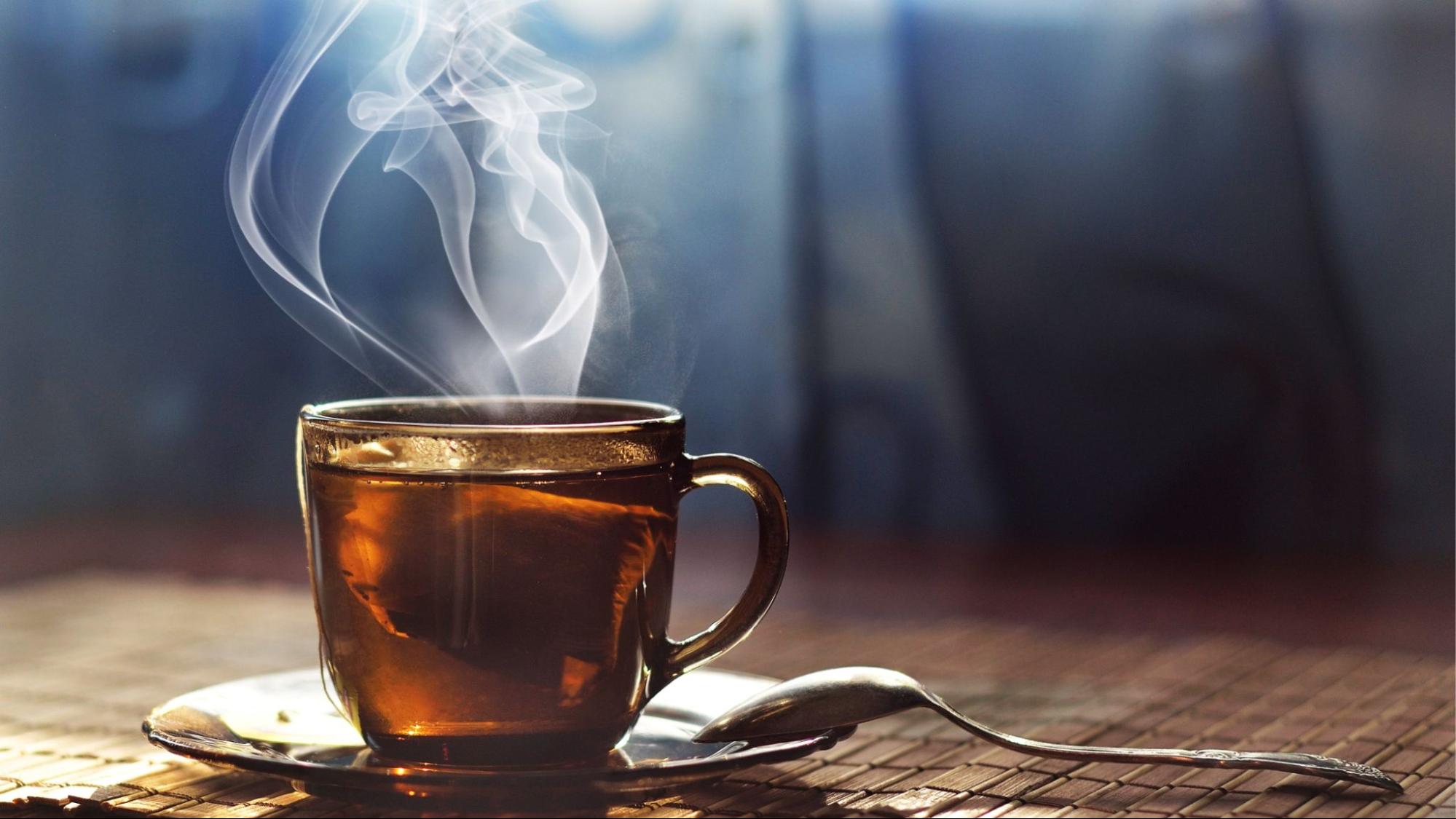
Looking Into the Difference Between Sparkling and Still Water
Hydration is a crucial part of human life. According to the U.S. National Academies of
Get Prepared for Easter with Fresh Farms | Now Available Baby Lambs
(Please Ask Our Meat Department For Assistance. Available at all stores except for Devon Ave)

Tea is one of the world’s most popular beverages. It comes in a variety of flavors and textures, with each type having its own unique set of health benefits. For those looking to further their knowledge and appreciation of tea, learning to train your palate could be an interesting and rewarding adventure. Here we explore how to train your palate and learn to appreciate different types of tea.
What Is Palate Training?
Palate training is the idea of teaching the palate to distinguish between subtle nuances in taste, aroma, and mouthfeel. In the world of tea, this can involve distinguishing between different types of teas, their regions, and even the individual cultivars. It can help you develop a keen appreciation for the subtle flavors, aromas, and mouthfeel of different types of tea.
Different Types of Tea
In order to begin your palate training journey, it’s important get yourself familiar with the different types of tea. The main categories of tea are black tea, Pu-erh tea, oolong tea, white tea, and green tea.
How to Train Your Palate
Now that you know the different types of tea, it’s time to learn how to train your palate. Here are some useful tips to help you get started:
Palate training can be an enjoyable and rewarding endeavour for those looking to expand their understanding and appreciation of tea. Through learning about different types of tea and developing an understanding of their unique flavor profiles, you can continue to explore and enjoy this ancient beverage.
Enjoy A Variety of Quality Tea and Grocery Essentials!
Are you looking for the freshest tea leaves, the most flavorful spices, or the tastiest pantry staples? Then you’ve come to the right place at Fresh Farms Illinois. We’re proud to offer a huge selection of high-quality teas, spices, flours, grains, oils, pastas and much more. Shop with us knowing that you’ll be getting only the highest quality products that are sure to make your cooking and every cup of tea a pleasure. Come and explore our selection today.

Hydration is a crucial part of human life. According to the U.S. National Academies of

The quality of your meals and drinks can vary based on the ingredients you use.

If you’re looking to celebrate national french fry day, you might want to take it

You won’t always find the stuff you need for sushi when you head to the

Sourcing ingredients for international cuisine can be challenging, especially if you want to make it
Eat well.
Save time.
Live better.